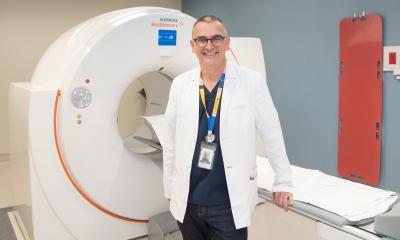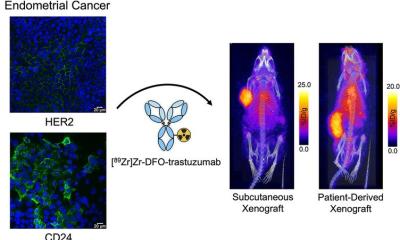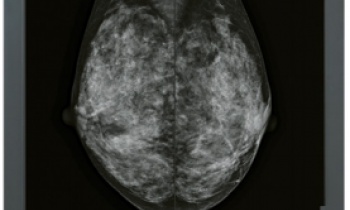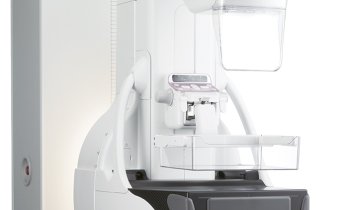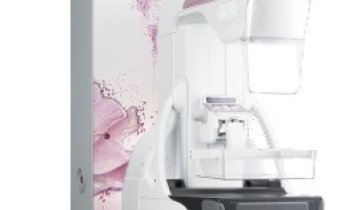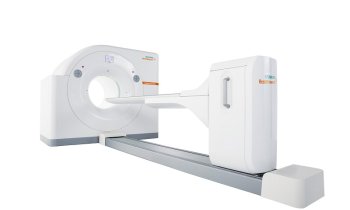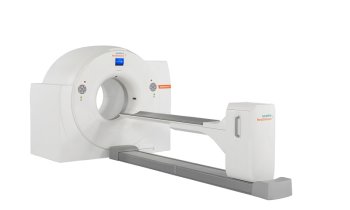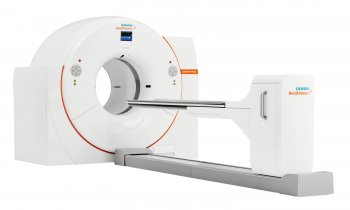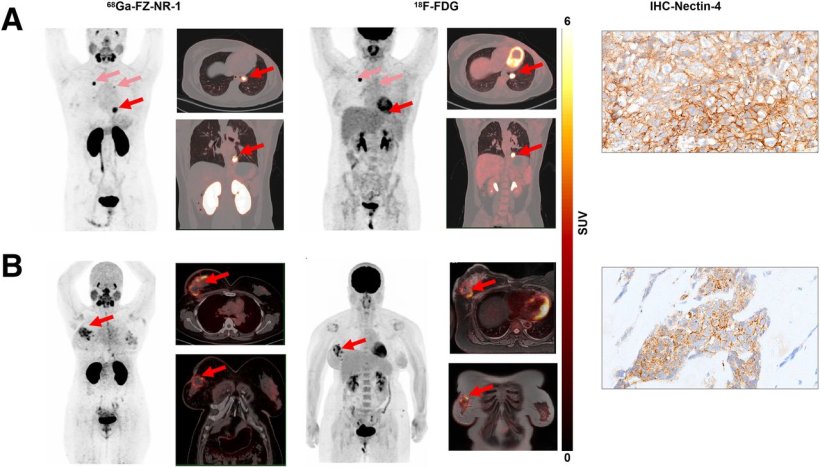
68Ga-FZ-NR-1 PET/CT images and 18F-FDG PET/CT and PET/MR images in representative Nectin-4–positive TNBC patients. (A) PET/CT images and Nectin-4 immunohistochemistry (IHC) staining of patient 1. Maximum-intensity projection (MIP) images and axial and coronal PET/CT images of 68Ga-FZ-NR-1 and 18F-FDG both showed high uptake in lung metastases (arrow). (B) PET/CT images and Nectin-4 IHC staining of patient 2. MIP images and axial and coronal PET/CT images of 68Ga-FZ-NR-1 showed high uptake in recurrence of right breast cancer after surgery (arrow), and those of 18F-FDG PET/MRI showed high uptake.
Image source: SNMMI; from: Sun L, Sun Y, Zuo K et al., Journal of Nuclear Medicine 2025
News • Triple-negative breast cancer
Novel radiotracer identifies TNBC biomarker
A new PET radiotracer can effectively visualize Nectin-4, an emerging biomarker found in triple-negative breast cancer (TNBC). According to new research, the PET tracer has the potential to play a critical role in the diagnosis, treatment, and monitoring of this aggressive disease, improving clinical outcomes for patients.
The research was published in the March issue of The Journal of Nuclear Medicine.
TNBC accounts for 15-20% of breast cancer cases and is one of the most invasive subtypes, with a five-year survival rate of approximately 40%. As the disease is characterized by significant heterogeneity and a high rate of recurrence, treatment is often difficult.
“The Nectin-4 biomarker is highly expressed in TNBC, but effective, targeted imaging tools have been notably absent,” stated Shaoli Song, PhD, director of nuclear medicine in the Department of Nuclear Medicine at the Fudan University Shanghai Cancer Center in Shanghai, China. “To address this critical gap in the field, my colleagues and I developed a series of Nectin-4-targeted radiotracers and evaluated them for efficacy in detecting Nectin-4 in TNBC.”
Ultimately, this could enhance the diagnostic value of nuclear medicine not only for TNBC, but also for other cancers
Shaoli Song
Researchers developed three different Nectin-4-targeted radiotracers (68Ga-FZ-NR-1, 68Ga-FZ-NR-2, and 68Ga-FZ-NR-3) and assessed their targeting-ability and specificity in vitro and in vivo, as well as in a murine tumor model. After preclinical experiments and screening, the 68Ga-FZ-NR-1 radiotracer showed the highest targeting efficacy and was selected for evaluation in a first-in-human study. 68Ga-FZ-NR-1 PET/CT was performed in nine TNBC patients. Positive lesions were biopsied and analyzed by immunohistochemistry to determine Nectin-4 expression levels.
68Ga-FZ-NR-1 PET/CT effectively identified tumors in study participants, which was confirmed by 18F-FDG PET/CT. Biopsy samples of the tumor lesions revealed that the positive lesions identified by 68Ga-FZ-NR-1 PET/CT corresponded to areas of high Nectin-4 expression. “The significance of this research lies in its potential to revolutionize the diagnostic landscape for TNBC patients,” said Song. “With the introduction of 68Ga-FZ-NR-1, we are now able to detect tumors with greater precision and provide patients with more reliable diagnostic information. This advancement has the potential to improve treatment outcomes by enabling more accurate disease assessment and personalized therapeutic strategies.”
She continued, “We anticipate that this work will stimulate further research into the development and clinical application of Nectin-4-targeted imaging agents. Ultimately, this could enhance the diagnostic value of nuclear medicine not only for TNBC, but also for other cancers.”
Source: Society of Nuclear Medicine and Molecular Imaging
13.03.2025



